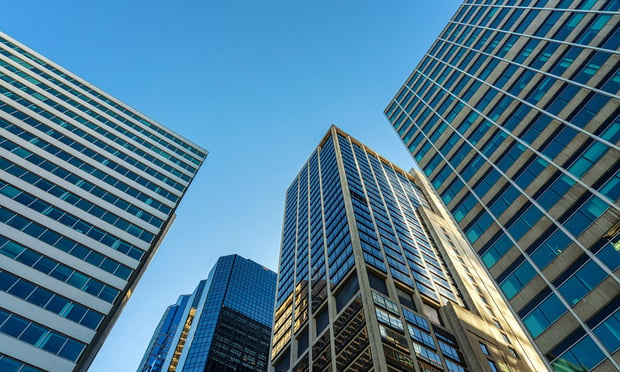Of the respondents, 78% said Metro Washington office rents will be higher in six months, compared to 68%. Fourteen percent believe rents will be flat over the next six months and only five-percent think they will be lower at yearend. "Despite more speculative construction providing new leasing opportunities in some submarkets, the overall view that rents will continue to increase has not changed," Jones Lang LaSalle said.
Like the survey, opinions of brokers and other real estate players here contacted for this article range across the board:
Tom Fulcher, executive vice president in Studley's Washington DC office, tells GlobeSt.com that he doesn't believe rents will rise significantly in the next six months. Instead, he says, he thinks rates might level off and remain stagnant for the foreseeable future.
"Over the last year-and-a-half a lot of buildings have opened up as tenants left," he says. Also a great deal of new product has been added to the market. "The fact is, large tenants have other places they can go and so there is little pressure to drive up rates."
He tells of one client that had submitted RFPs for space in Washington, DC's East End in the 90,000 sf to 100,000 sf range in May. Negotiations have been ongoing since then, for a variety of reasons, he says. "But the point is, here we are in September and none of the buildings we are considering have pulled out because somebody else rented the space." Obviously, he says, this is good for tenants that want more negotiating room to reduce costs.
Jim Kornick, senior director in the Washington, DC office of Marcus & Millichap Real Estate Investment Brokerage Co., tells GlobeSt.com that, yes, in general office rents are rising and will likely do so over the next six months. "In specific submarkets, though, that may not be the case," he adds. "In some areas such as the Dulles Corridor there is so much new product coming online that one would expect rents to soften." By contrast, in such submarkets as Bethesda, Shady Grove and Rockville, MD, the average rental increase has been 5% a year. "I would expect that to continue," he says.
Margarita Foster, vice president and director of Research for Cassidy & Pinkard Colliers here agrees that some submarkets will outperform others. She points to Tysons Corner, where vacancies have been rapidly falling. "There are few large blocks of space available there," she tells GlobeSt.com. "Folks are being forced to pay up if they want to locate in that submarket. There is not much Class A space available anymore." Another tight submarket, she says, is the Rossyln-Ballston Corridor.
Want to continue reading?
Become a Free ALM Digital Reader.
Once you are an ALM Digital Member, you’ll receive:
- Breaking commercial real estate news and analysis, on-site and via our newsletters and custom alerts
- Educational webcasts, white papers, and ebooks from industry thought leaders
- Critical coverage of the property casualty insurance and financial advisory markets on our other ALM sites, PropertyCasualty360 and ThinkAdvisor
Already have an account? Sign In Now
*May exclude premium content© 2024 ALM Global, LLC, All Rights Reserved. Request academic re-use from www.copyright.com. All other uses, submit a request to [email protected]. For more information visit Asset & Logo Licensing.








